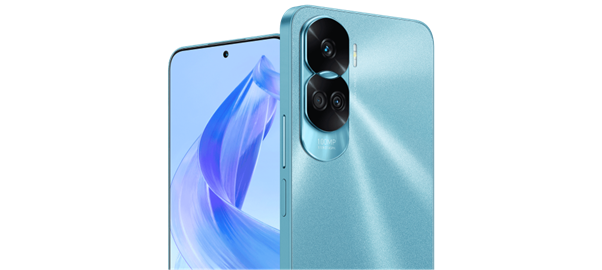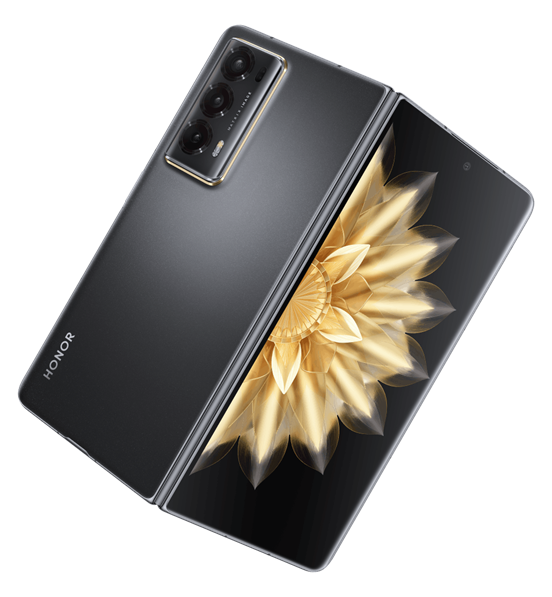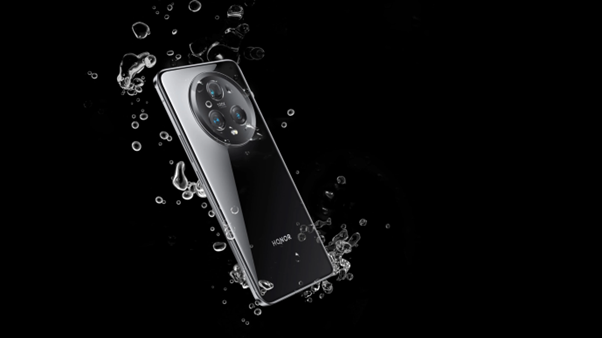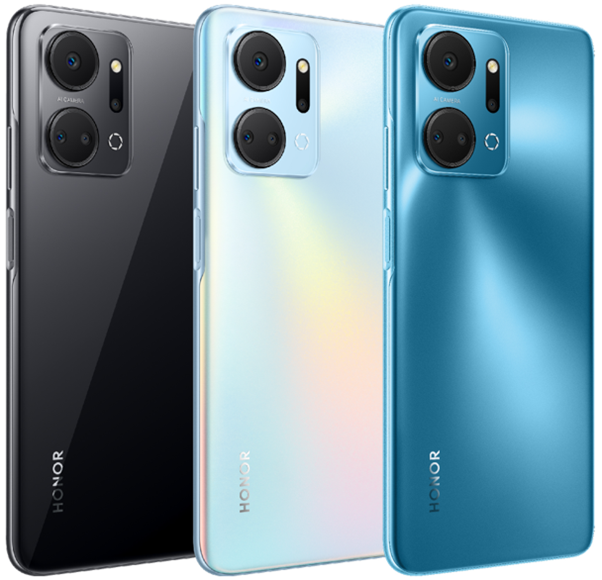
In the
realm of smartphones, the display is a crucial element that defines the user
experience. Over the years, a myriad of display technologies has emerged, each
promising enhanced visuals and immersive experiences. From the vibrant colors
of AMOLED to the pixel-perfect precision of Retina, let's demystify the diverse
world of phone display technologies.
AMOLED Brilliance:
Vibrant Colors and Inky Blacks
AMOLED, or
Active Matrix Organic Light-Emitting Diode, stands out for its ability to
deliver stunning visuals. Each pixel in an AMOLED display is individually lit,
allowing for deep blacks and vibrant colors. The technology offers high
contrast ratios and excellent color reproduction, making it a favorite among
users who prioritize visual richness and clarity in their smartphone displays.
LCD Legacy: Reliable
and Widely Adopted
Liquid
Crystal Display (LCD) technology has been a longstanding workhorse in the
smartphone display arena. LCDs use a backlight to illuminate pixels, providing
reliable and consistent performance. While not as adept at achieving true
blacks as AMOLED, LCDs are known for their brightness, making them a popular
choice for users who value visibility in well-lit environments.
Retina Precision:
Apple's Display Pinnacle
The term
"Retina" was coined by Apple to describe a display with pixel density
so high that the individual pixels are indistinguishable to the human eye at a
typical viewing distance. Retina displays, found on various Apple devices,
offer unparalleled clarity and sharpness. This technology is not exclusive to a
specific display type, as both LCD and OLED variants can achieve Retina status.
Resolution Realities:
Beyond Pixels and Sharpness
Resolution
plays a pivotal role in determining the clarity of a smartphone display.
Measured in pixels, resolution defines the number of individual dots that make
up the screen. Higher resolutions like in HONOR phones result in sharper images and text .
However, the importance of resolution is intertwined with factors such as
screen size, viewing distance, and the quality of other display components.
HDR: Elevating Visual
Dynamics
High
Dynamic Range (HDR) technology has become a game-changer in the world of
smartphone displays. HDR enhances contrast and color accuracy, allowing for a
more realistic and visually stunning experience. Whether watching movies,
playing games, or viewing photos, HDR-capable displays elevate the dynamic
range, bringing out details in both the brightest and darkest parts of an
image.
Adaptive Refresh Rates:
Smoother Scrolling and Gaming
The refresh
rate of a display determines how many frames per second it can show,
influencing the overall smoothness of animations and scrolling. Modern
smartphones employ adaptive refresh rate technologies that dynamically adjust
the refresh rate based on the content being displayed. This not only improves
energy efficiency but also ensures a smoother experience during tasks like
scrolling and gaming.
Flexible and Foldable
Displays: A New Frontier
The
evolution of smartphone displays extends to the realm of flexibility and
foldability. Flexible OLED displays allow for curved screens and unique form
factors, while foldable displays enable devices to transform from a compact
form to a larger screen, providing users with unprecedented versatility. These
innovations redefine the boundaries of what a smartphone display can be.
Blue Light Filters:
Prioritizing Eye Comfort
As
smartphones become integral to our daily lives, concerns about eye strain and
fatigue have led to the implementation of blue light filters. These filters
reduce the amount of blue light emitted by the display, particularly during
nighttime use. By prioritizing eye comfort, manufacturers aim to create
displays that are not only visually appealing but also conducive to prolonged
use.
Touchscreen Technology:
Tapping into Interactivity
Touchscreen
technology is fundamental to the smartphone experience, allowing users to
interact with their devices seamlessly. Capacitive touchscreens, which respond
to the electrical conductivity of the user's skin, have become the standard.
Innovations in touch sensitivity and responsiveness continue to enhance the
overall user interface, making touch interactions more intuitive and accurate.
Conclusion: Crafting
Visual Experiences for Every User
In the
diverse landscape of smartphone display technologies, choices abound to cater
to the varied preferences of users. From the vivid brilliance of AMOLED to the
precision of Retina, each technology brings its own set of advantages. As
smartphones continue to evolve, the demystification of display technologies
underscores the industry's commitment to crafting visual experiences that
captivate, engage, and seamlessly integrate into the daily lives of users
worldwide.



